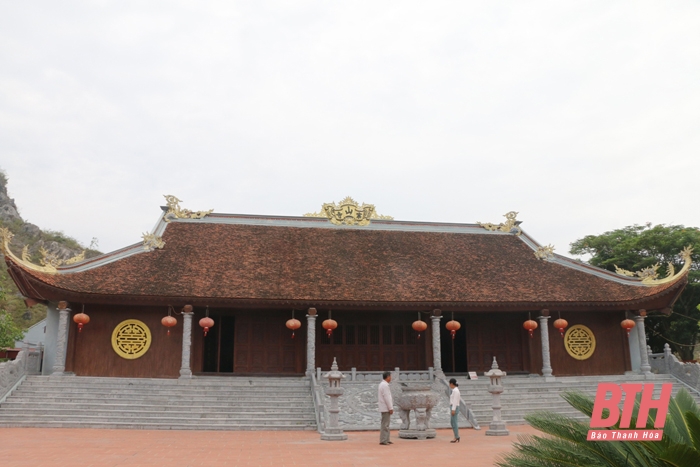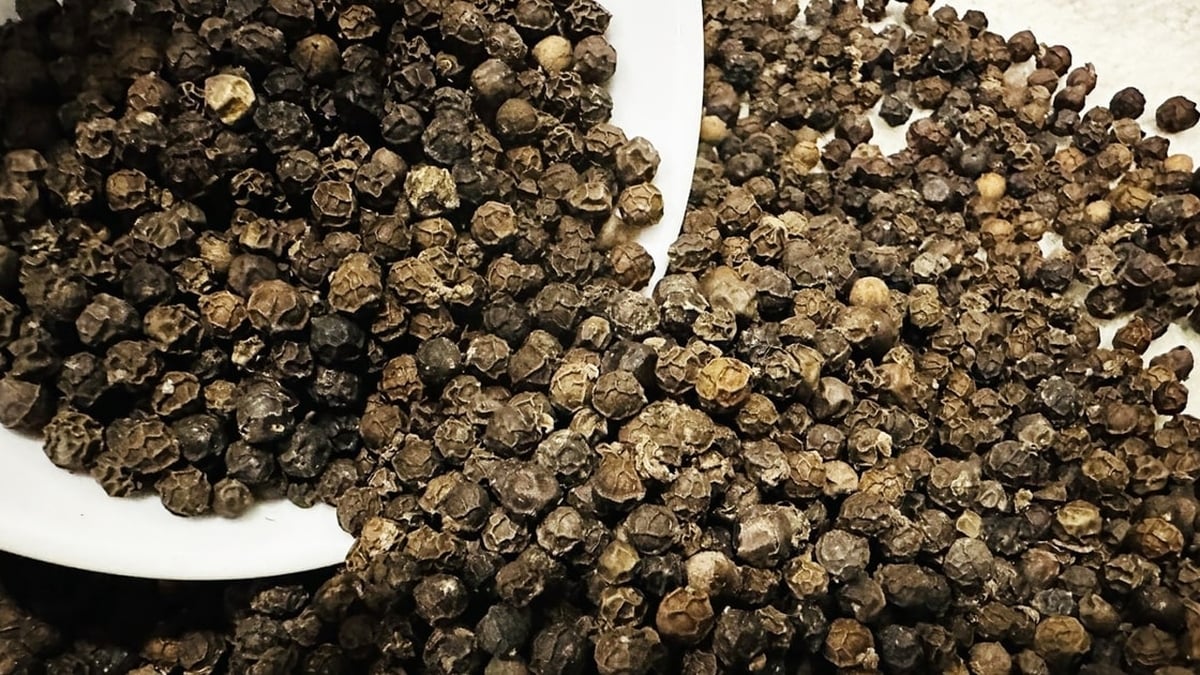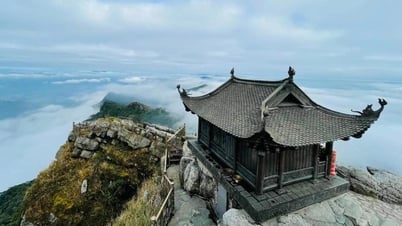Nga Son is known as an ancient land with many legends. It is hard to imagine that where the vast green sedge fields are now, there used to be a sea with raging waves. The rotation of nature and the efforts of humans have transformed the deserted island and sea into a fertile land with densely populated villages.

When mentioning Nga Son, we remember the first coastal land of Thanh Hoa from North to South. Here, the story of Prince Mai An Tiem and the miracle of making a living on a deserted island has made many generations of Vietnamese people admire. Or the love story of Tu Thuc and Giang Huong left behind a beautiful Tu Thuc cave that captivated many people. And when mentioning Nga Son, we cannot ignore an extremely famous place: Than Phu sea gate.
Chinh Dai village, Nga Dien commune - the border area between Nga Son district (Thanh Hoa) and Yen Mo district ( Ninh Binh ) is considered the "center" of Than Phu seaport in the past. The current scenery makes visitors surprised. It is hard to imagine that this was once a place where the sea waves rolled fiercely. Explaining the "change" of the landscape, local people said that with the deposition of alluvium, each year the sea "recedes" up to hundreds of meters to make room for the mainland. After thousands of years, the change has become understandable.
Talking about the ancient Than Phu estuary, Vice President of Thanh Hoa Historical Science Association Pham Van Tuan acknowledged: “Looking at the current geographical map, it can be determined that the ancient Than Phu estuary was the land belonging to the Northeast of Nga Son district. It must also be said that to have a flat coastal plain like today, the fact that the sea receded is also the mark of humans. It was the people who “supported” the mainland in the struggle to advance to the sea. Wherever the land advanced, the people followed. Even the people themselves went ahead of the land’s “progress” by “building” additional sea dikes right on the land that was still submerged under salt water.”
At Than Phu gate today, there is also an ancient pagoda named Han Son, which was built during the Ly Dynasty, associated with the name of Zen master Nguyen Minh Khong (aka Ly Quoc Su). According to local people, he was originally from Ninh Binh. Before becoming a monk, he went to the Dien Ho - Than Phu sea area (now Nga Dien commune) to work as a fisherman. Here, he taught the people in the area to make a living from the sea. In gratitude, when he became a monk, the Dien Ho people built a pagoda to worship Buddha and commemorate the merits of the Zen master Nguyen. Therefore, Han Son pagoda is also known as Khong Lo pagoda. On the top of Han Son, where the pagoda leans against the mountain rock, is a statue of the Ly Dynasty national teacher for people to come and worship. Over time, Han Son pagoda has undergone many restorations and embellishments, and to this day, the pagoda is still a place of Buddha worship known to people near and far.
Not far from Hanshan Temple, local people also discovered a large word “Than” carved on the cliff of Than Dau Mountain. Although there is no historical document, people believe that the word “Than” must have a connection with the place name Than Phu gate and the fascinating and legendary legends about the most sacred gods.
Perhaps, there are few places where legend and history are as intertwined as Nga Son. The story of Prince Mai An Tiem, who was exiled to a deserted island because of his straightforwardness and integrity, still makes posterity admire him. However, like many resilient Vietnamese, the prince, adopted son of King Hung, did not surrender to adversity and give up his desire to live and assert himself. Therefore, on the deserted island, life began to sprout.
If there were no warships that dared to sail through the Than Phu Gate, what would the beautiful country of Vietnam be like now? Likewise, if there were no hearts that dared to live, to fight, and to aspire like Prince Mai An Tiem, could the deserted island become a prosperous countryside?
Visiting places and relics that have left their ancestors' footprints is not simply to enjoy the beautiful scenery or to be absorbed in legendary stories. Calm your mind, open your soul, and listen to the "echoes" from the past. Heroic, brave, and very sacred. To remind ourselves, as Vietnamese people, how can we not cherish history!
Khanh Loc
Source




































































































Comment (0)